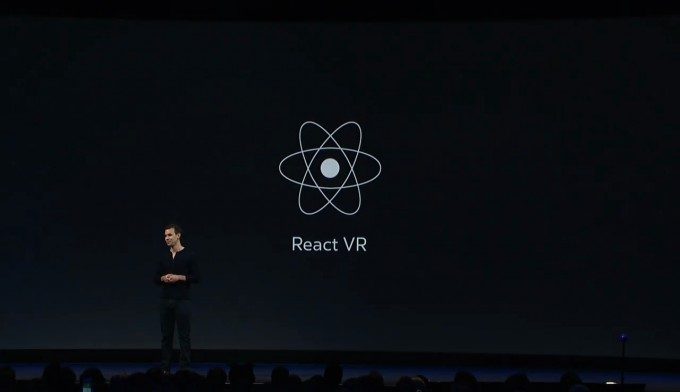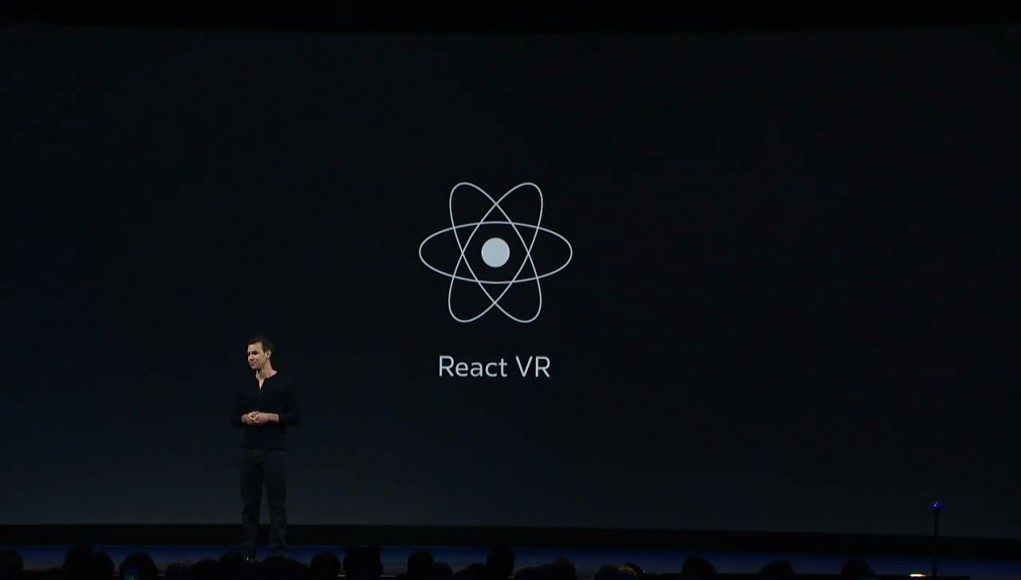 Michael Antonov, Chief Software Architect at Oculus, is due to speak at Facebook’s F8 Developer Conference on April 18th about React VR, a framework that builds on Facebook’s React JavaScript library. This web-based framework allows easier creation of VR content that can run on VR headsets from the browser.
Michael Antonov, Chief Software Architect at Oculus, is due to speak at Facebook’s F8 Developer Conference on April 18th about React VR, a framework that builds on Facebook’s React JavaScript library. This web-based framework allows easier creation of VR content that can run on VR headsets from the browser.
The F8 developer conference is Facebook’s annual event to discuss future technology related to the company and its various platforms; virtual reality is one of the key topics, with 7 sessions dedicated to VR content creation, social experiences, and WebVR.
This includes a session with Oculus Chief Software Architect Michael Antonov, along with Product Manager Andrew Mo, who will discuss the React VR framework. React VR builds on the well-established React JavaScript library, an open-source project from Facebook, used by many websites to build user interfaces. Working with React VR is designed to be comfortable and familiar territory for web developers, and in most cases does not require adjusting the low level WebVR layer. (WebVR is an API pioneered by Mozilla and Google that enables a VR experience to be embedded into a normal webpage.)
The April 18th F8 session will expand on their WebVR presentation at Oculus Connect 3 last year (where React VR was first announced), “[showcasing] the potential of React VR across verticals such as travel, news, commerce, and more.” On the 19th, software engineers Andrew Imm and Mike Armstrong will present another React VR session, showing, “how React VR builds upon React Native, and how the supporting layers and libraries interact.”







